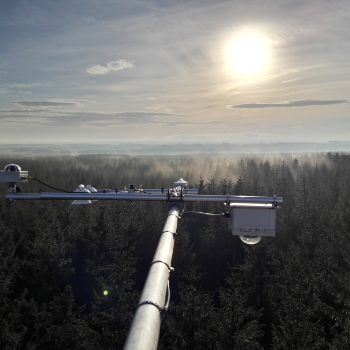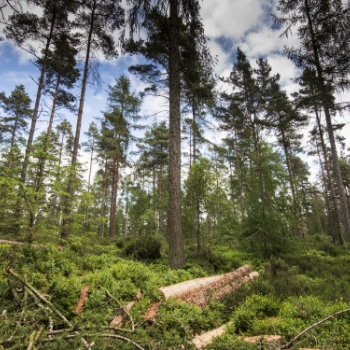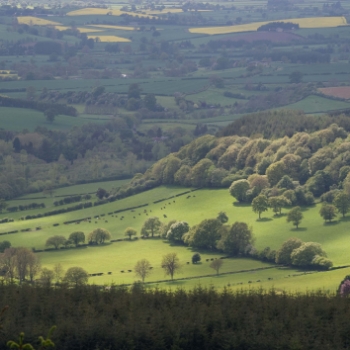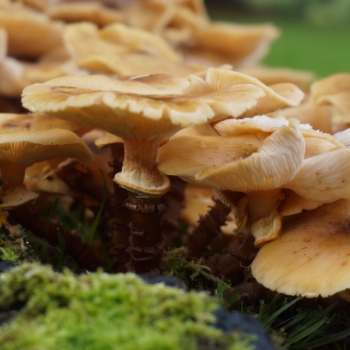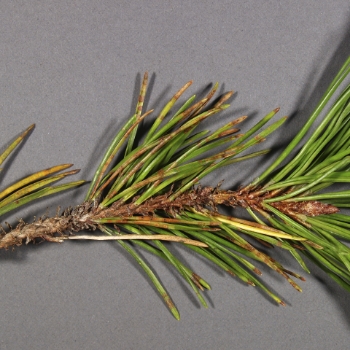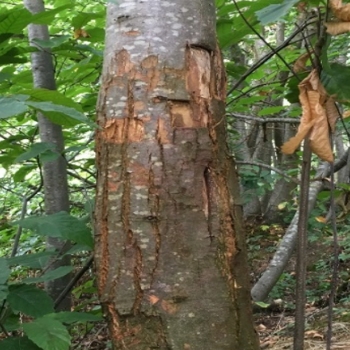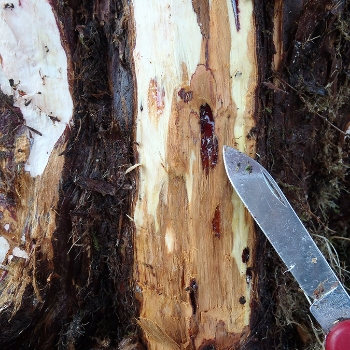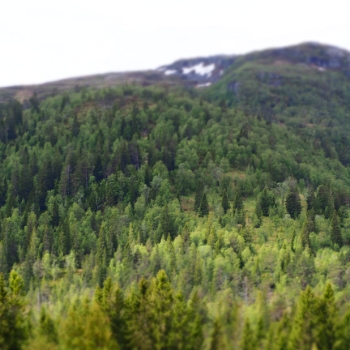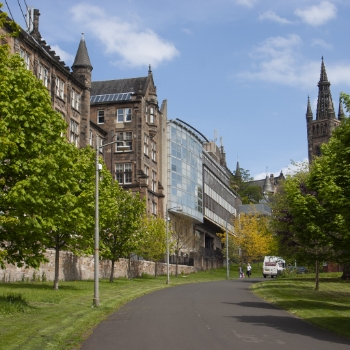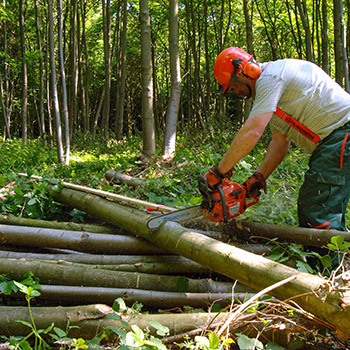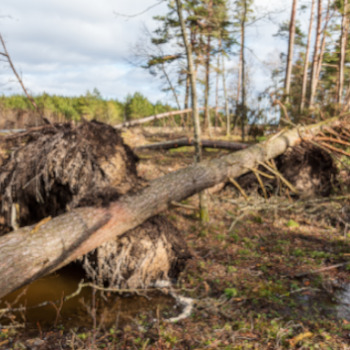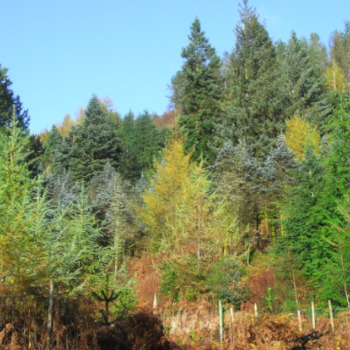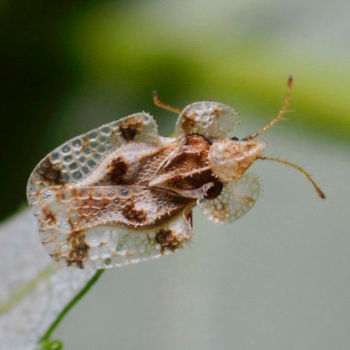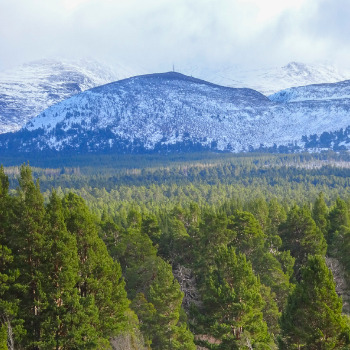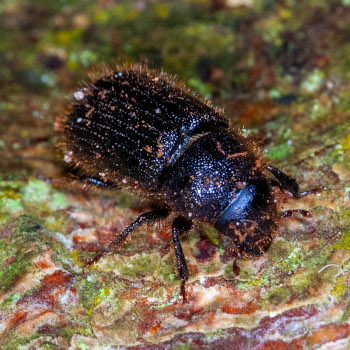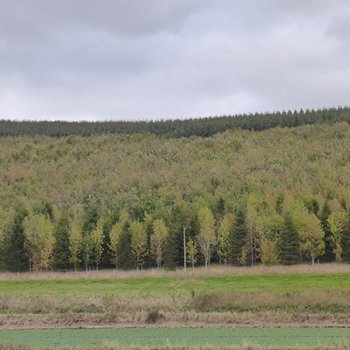Factsheets
This series of factsheets are aimed at practitioners, individuals and organisations wanting to understand more about trees, woodlands and forests and climate change.
They demonstrate how forests and woodlands might help mitigate the effects of climate change and highlight ways in which management practice may need to adapt to increase resilience. We also look at the effects of climate change on tree diseases and the potential impact on our woodlands.
How do woodlands and forests affect the climate? Topics include the carbon cycle, energy exchange and greenhouse gases. Watch our video.
How can we adapt our forests and woodlands for the changing climate? A brief overview of adaptation measures including increasing tree species diversity and thinning.
How can forestry help reduce flooding? We look at the effects of forests on flooding and the different factors that influence the impact of tree planting and forest management on flood flows. Watch our video.
Can biodiversity help our woodlands in a changing climate? We summarise the benefits of genetic diversity, species diversity and community and ecosystem diversity, together with management at different spatial scales. Watch our video.
What role can forest-to-bog restoration play? This factsheet explains how forestry affects the carbon stored in peat and the role forest-to-bog restoration can play in reducing carbon emissions. Watch our video.
How are root pathogens likely to be influenced by climate change? We look at the likely impact of climate change on the spread and severity of honey fungus disease, root rot and oak decline.
Will foliar diseases become more damaging to our trees? We look at the six main foliar pathogens that are already causing significant damage to conifers and broadleaf species in the UK.
How will canker pathogens be influenced by climate change? A brief overview of tree diseases affecting horse chestnut, sycamore and sweet chestnut and the impact of international trade.
This factsheet summarises phytophthora diseases that are likely to increase with climate change including P. austrocedri and P. ramorum and the impact of climate change on tree pathogens.
In this factsheet we discuss how trees and woodlands provide ecosystem services which could help us mitigate and adapt to the climate emergency.
Can urban forests help cities adapt to climate change? This factsheet looks at how urban forests can be help reduce climate change and help urban society cope with its impact.
How can understanding behaviours contribute to climate change? We look at principles for influencing behaviour and how behaviours can be targeted to encourage climate change action.
What are the key risks to our forests and woodlands? This factsheet summarises the six key risks and outlines appropriate measures to reduce the potential impact on our forests and the ecosystem services they provide. Watch our video.
How much carbon is there in our woodlands? Forests are a key part of the global carbon cycle and this factsheet helps outline how much carbon trees and woodlands in the UK take up, and how much they store.
What are the key factors to consider when choosing tree species for a new or existing woodland? In this factsheet we provide guidance on how to match species to site and future conditions to develop more resilient forests and woodlands. Watch our video.
Will the impact of damaging forest insects increase with climate change? In this factsheet we discuss the effect of warmer temperatures on specific pest insects and how severe weather events may reduce host-tree resistance. Watch our video.
The choice of provenance of planting stock can help increase resilience to climate change risks and encourage regeneration. This factsheet includes guidance on provenance choice for both non-native and new native woodlands in the UK.
One of the likely consequences of more frequent extreme weather events in the UK will be an abundance of stressed trees with weakened defences against pests, creating favourable conditions for some species of bark beetle.
What are the climate benefits of using wood products? In this factsheet we discuss how wood products can contribute towards net greenhouse gas emissions through carbon storage and substitution.
Compared to stands with just one species, mixed-species forest stands may be more resilient to the direct and indirect effects of the changing climate. We highlight benefits and drawbacks that arise from mixed species stands to assist decision-making.
Climate change research
Forest Research has been carrying out research for many years that helps us understand the direct and indirect impacts of climate change, the role of trees and forestry in helping reduce impacts, and the ways that management practices may need to change to provide resilient trees, woodlands and forests for the future.
If you are looking for more detailed information about climate change research, including collaborative projects, reports, studies and publications, please use the search tool on our main website.


